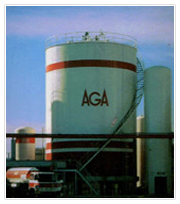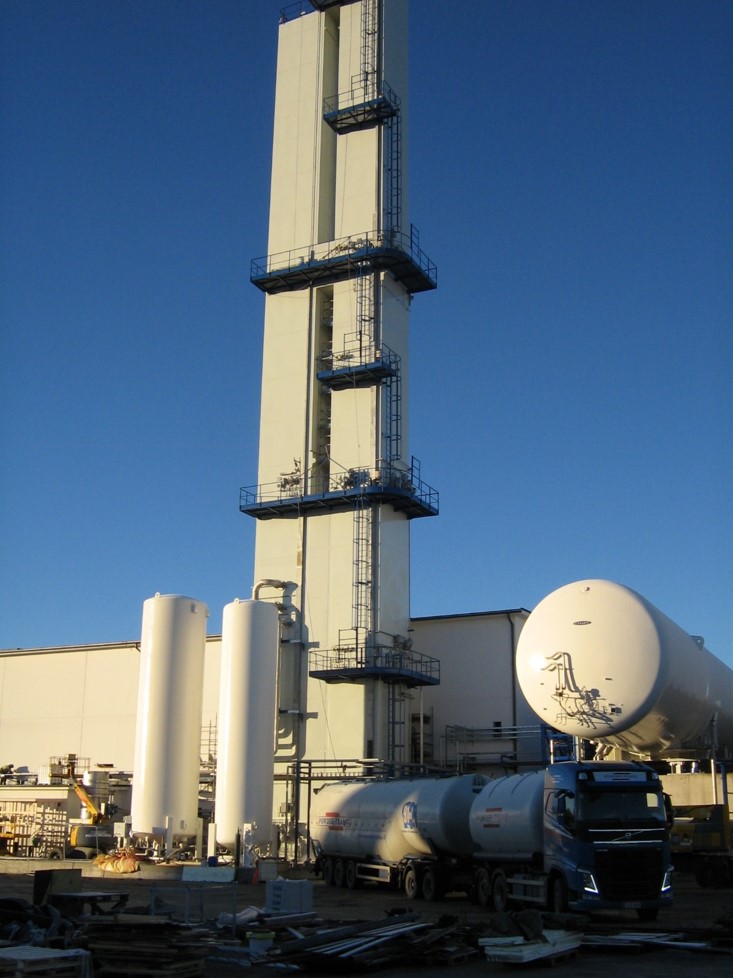Perlite for nonevacuated Cryogenic and low temperature service
Cryogenic Applications for Perlite Insulation
Because of its unique properties, Perlite insulation has found wide acceptance in the insulating of cryogenic and low temperature storage tanks, in shipping containers, and cold boxes.
Storage temperatures of (-100 C°) and below are considered cryogenic. Storage temperatures of (-100 C°) and above are considered low temperature. Super cold or extremely cold cryogenic fluids such as hydrogen and helium are normally stored in spherical, double walled vessels with evacuated annular spaces using evacuated Perlite.
Storage temperatures of (-100 C°) and below are considered cryogenic. Storage temperatures of (-100 C°) and above are considered low temperature. Super cold or extremely cold cryogenic fluids such as hydrogen and helium are normally stored in spherical, double walled vessels with evacuated annular spaces using evacuated Perlite.

Properties of Perlite Insulation
Perlite insulation suitable for nonevacuated cryogenic or low temperature use exhibits low thermal conductivity throughout a range of densities, however, the normal recommended density range is 45 to 75 kg/m³. In addition to its excellent thermal properties, Perlite insulation is relatively low in cost, easy to handle and install, and does not shrink, sell, warp, or slump. Perlite is noncombustible, and meets fire regulations. Because it is an inorganic material, it is rot and vermin proof. As a result of its closed cell structure, the material does not retain moisture.


Nonevacuated Perlite cryogenic and low temperature insulation specifications

Typical Nonevacuated Installation
There are many different design concepts for low temperature and cryogenic storage vessels. However, most are of double wall construction with the annulus filled with expanded Perlite. Packaged or bulk Perlite (pneumatic bulk trucks) may be used to insulate smaller vessels by pouring or blowing the insulation in place.




